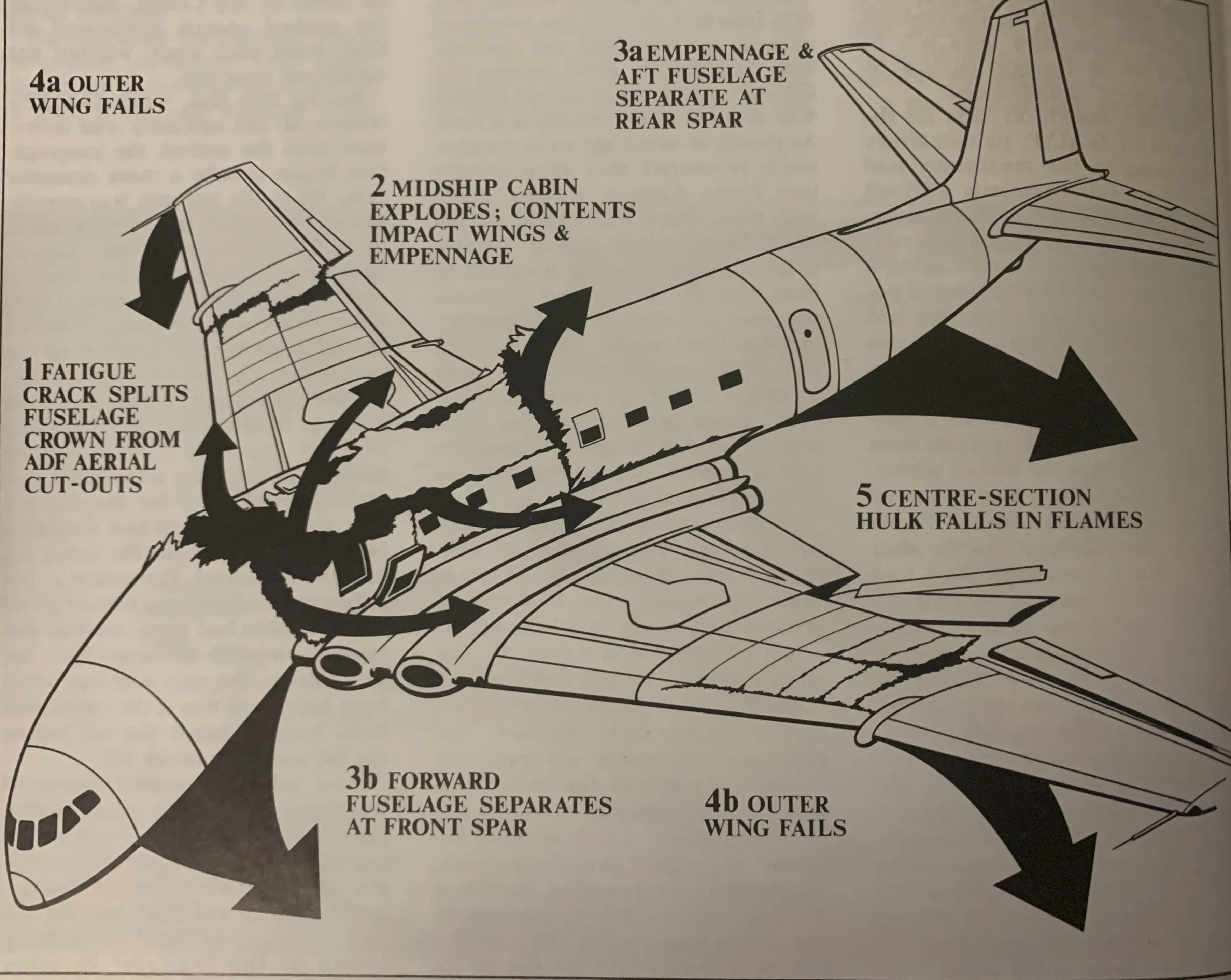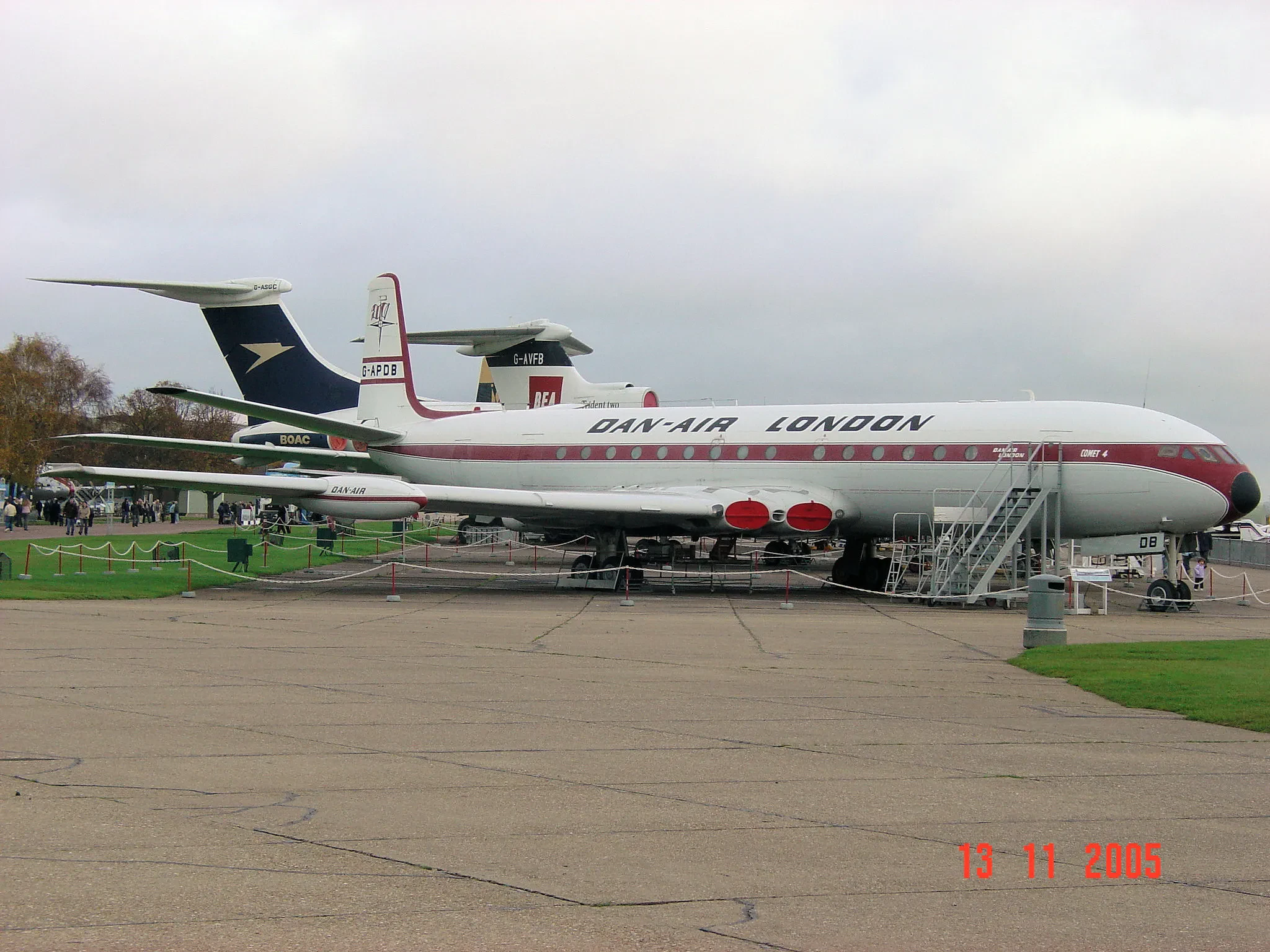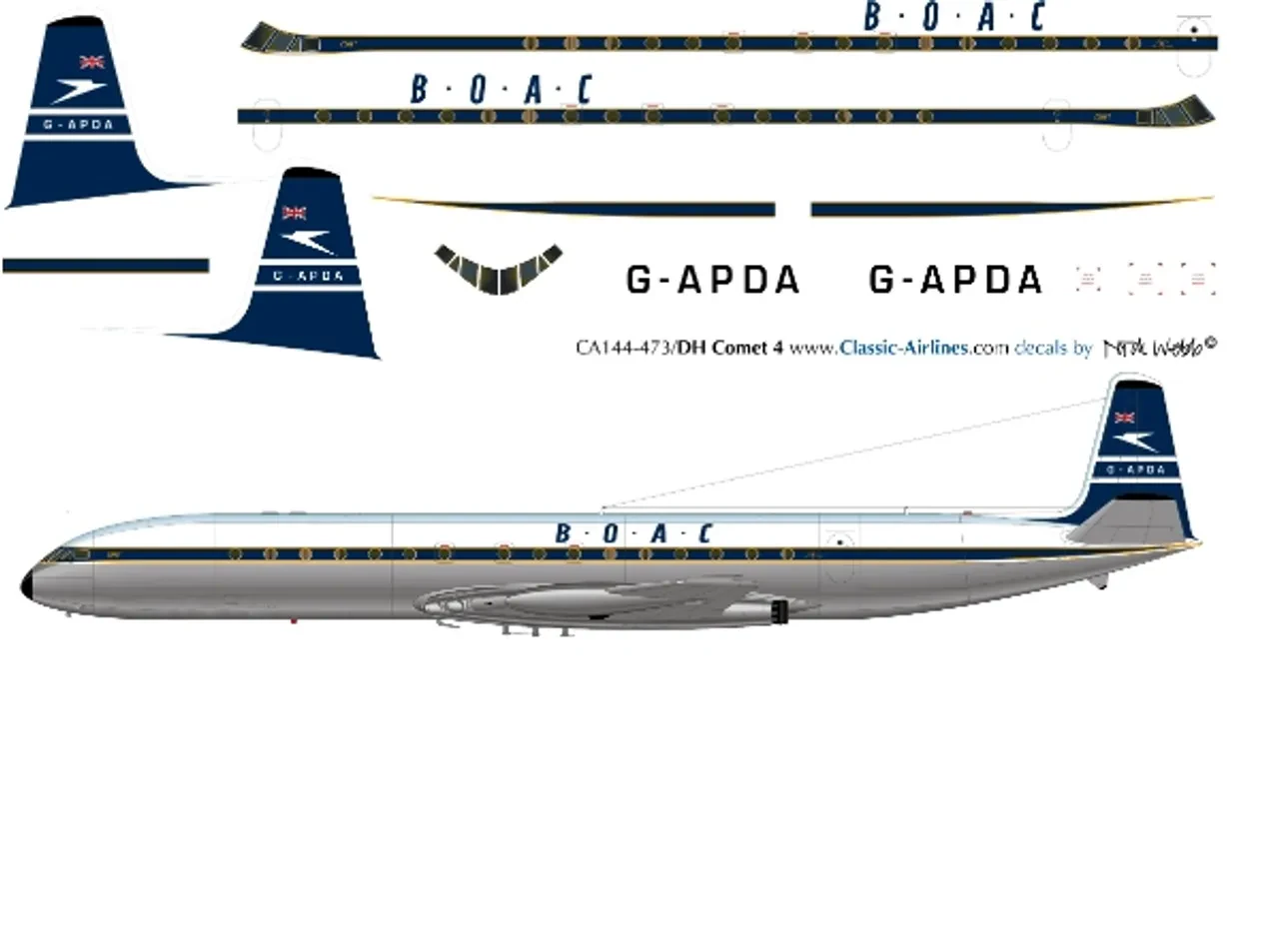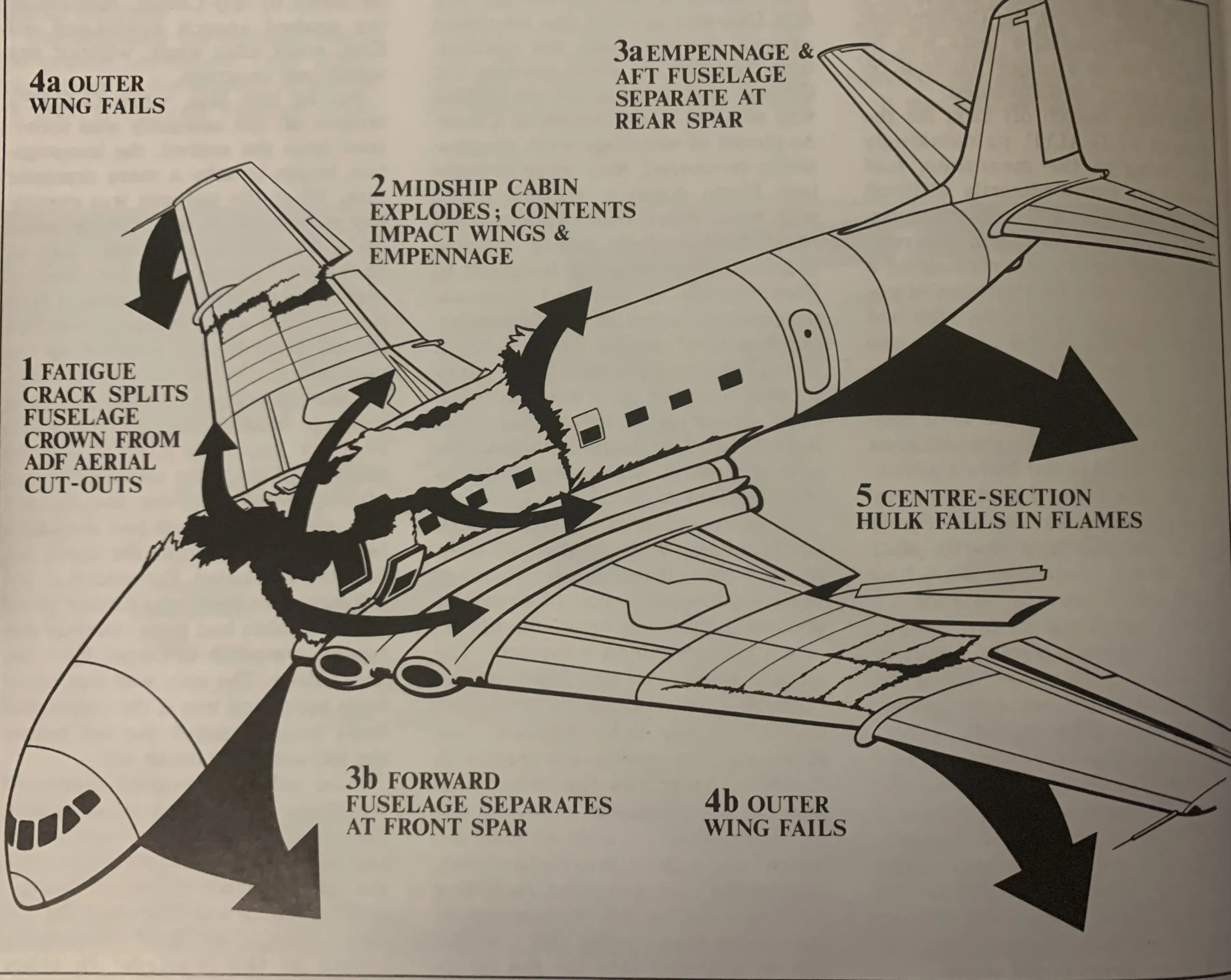The De Havilland Comet. Even the name sounds futuristic, doesn’t it? This sleek, groundbreaking aircraft was the world’s first commercial jet airliner, and it promised to shrink the world, connecting people and places faster than ever before. While its early years were marred by tragic accidents, its impact on aviation history is undeniable. And for aviation enthusiasts and collectors, a De Havilland Comet diecast model is a tangible piece of that history.

Why Collect a Comet Diecast?
So, why would you want to add a miniature Comet to your collection? There are a few compelling reasons. First and foremost, it’s a fantastic way to celebrate a pivotal moment in aviation. The Comet ushered in the jet age, forever altering how we travel. Having a model on your shelf is a constant reminder of that innovation.
Secondly, Comets just look cool! Their distinctive shape, those four engines buried in the wings, and the overall sense of speed even when stationary make them visually appealing. Diecast models capture this aesthetic, allowing you to admire the Comet’s design up close.
Finally, collecting diecast models is a fun and engaging hobby. There’s a real satisfaction in hunting down rare models, learning about different variants and liveries, and building a collection that reflects your passion for aviation. Plus, they make great conversation starters!
Different Comet Variants to Look For
The De Havilland Comet wasn’t just one plane; it evolved over time. Different variants sported changes in engine power, fuselage length, and wing design. Knowing these variations helps you understand your models and appreciate the Comet’s development.
- Comet 1: The original, with its square windows, which unfortunately contributed to structural failures.
- Comet 1A: An improved version with slightly more powerful engines and strengthened structure.
- Comet 2: Featuring oval windows and a longer fuselage, this variant addressed the structural weaknesses of the earlier models.
- Comet 3: A further stretched version, though never commercially successful due to the emergence of the Boeing 707 and Douglas DC-8.
- Comet 4: The definitive Comet, with greater range and payload capacity. It successfully competed with the early Boeing 707s on transatlantic routes.
When shopping for diecast models, pay attention to which variant you’re getting. The Comet 4, for example, is probably the most recognizable and widely produced in model form, reflecting its relative success compared to earlier versions.

Manufacturers and Scales
Several manufacturers have produced De Havilland Comet diecast models over the years, each with its own level of detail and accuracy. Some common brands you might encounter include:
- Dinky Toys: Famous for their vintage models, often quite collectible, although perhaps less detailed than modern offerings.
- Corgi Toys: Another classic brand known for its robust and playable models.
- Aviation 200/400/500: Specializing in highly detailed, limited-edition models for serious collectors. The number refers to the scale.
- Inflight 200/400/500: Similar to Aviation, offering detailed Comet models in various scales.
The scale of the model is crucial. Common scales for aircraft models are 1/200, 1/400, and 1/500. 1/200 models are larger and offer more detail, while 1/400 and 1/500 are smaller and allow you to display more models in a limited space. The “scale” indicates the size of the model relative to the real aircraft. For example, a 1/200 scale Comet model is 1/200th the size of an actual Comet.
Consider what size you prefer and the amount of detail you’re looking for when choosing a scale.
Liveries and Airlines
One of the most appealing aspects of collecting diecast models is the variety of liveries – the paint schemes representing different airlines that flew the aircraft. The Comet served with numerous carriers, providing a wide range of colorful options for collectors.
- BOAC (British Overseas Airways Corporation): The iconic British flag carrier and the first airline to operate the Comet commercially.
- Air France: Another early adopter of the Comet.
- Canadian Pacific Airlines: Operated Comets on long-distance routes.
- Aerolineas Argentinas: Flew Comets in South America.
- Dan-Air London: A British independent airline that operated Comets later in their service life.
Collecting models in different airline liveries adds visual interest and allows you to represent the Comet’s global reach. Some liveries are rarer and more sought-after than others, so do your research!

Condition and Value
As with any collectible, the condition of a diecast Comet model significantly impacts its value. Mint-condition models in their original boxes are generally worth more than those that have been played with or damaged.
Factors affecting value include:
- Condition: Scratches, missing parts, or damaged paint will reduce the value.
- Original packaging: Having the original box and any accompanying paperwork increases the value, especially for older models.
- Rarity: Some liveries or limited-edition models are harder to find and command higher prices.
- Manufacturer: Certain manufacturers, known for their accuracy and detail, are more desirable.
Before buying, carefully inspect the model for any flaws. Online marketplaces are a great resource for finding Comet diecasts, but be sure to check the seller’s feedback and photos carefully. Attending diecast swap meets and model shows can also be a fun way to find hidden gems and connect with other collectors.
Tips for Displaying Your Comet Collection
Once you’ve started building your Comet collection, you’ll want to show it off! Here are a few tips for displaying your models:
- Shelving: Display cases or shelves are ideal for protecting your models from dust and damage.
- Stands: Individual stands can elevate each model and create a more dynamic display.
- Lighting: Good lighting highlights the details of your models and makes them more visually appealing.
- Themed displays: Group your Comets by airline, variant, or era to create a cohesive and interesting display.
- Consider a diorama: Build a miniature airport scene to add context and realism to your collection.
Ultimately, the best way to display your collection is in a way that you find visually pleasing and that showcases your passion for the De Havilland Comet.
The De Havilland Comet, despite its initial setbacks, remains a symbol of aviation innovation. Collecting diecast models of this iconic aircraft is a rewarding way to connect with that history and appreciate the beauty and engineering of early jet travel. Happy collecting in 2024!
